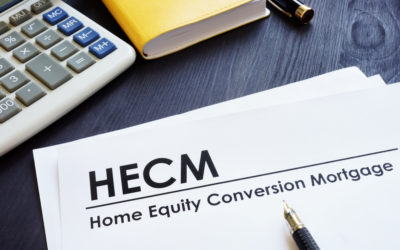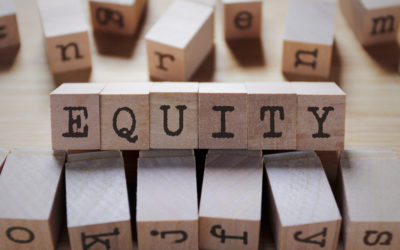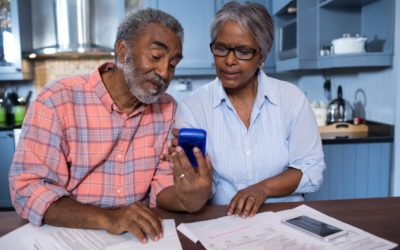Initial Disbursement Definition & Meaning
When a reverse mortgage applicant has successfully completed the application process, they become eligible for disbursement of funds either as a line of credit, monthly instalments, or a lump sum.
The initial disbursement is the first portion of their reverse mortgage proceeds. There are rules that apply to initial disbursements, which are important to know when planning retirement finances.
Key takeaways
- The initial disbursement is the first of the funds that a reverse mortgage borrower receives after being approved for their loan.
- There are limits placed on the initial disbursement — 60% of the principal limit, or all mandatory obligations plus an additional 10% of the principal limit.
- Initial disbursement happens after borrowers have passed through the simple, painless 4-step GoodLife Home Loans reverse mortgage application process.
What is an initial disbursement?
An initial disbursement is the first of the funds that a reverse mortgage borrower receives after being approved for their loan and signing off on it. Immediately after the borrower signs off on their loan, there is a three day period wherein they may cancel the loan if they desire.
After this period passes, the first of the loan proceeds are disbursed. Funds may be disbursed as either a lump sum, monthly payments, or a line of credit. However, if a borrower opts for the lump sum payout, it’s important that they know what the initial disbursement limits are.
What is an initial disbursement limit?
The greater of 60% of the principal limit, or the amount of mandatory obligations plus an additional 10% of the principal limit, is the maximum disbursement to the borrower authorized at loan closing and during the first 12-month disbursement period. The principal limit is the maximum amount that a borrower can obtain — read more about HECM limits on our blog.
Essentially, the borrower cannot receive the full value of the loan all up front; they can receive a maximum of the greater of the two values listed above.
When does an initial disbursement happen?
Initial disbursement occurs at the end of GoodLife’s reverse mortgage application process. Our process is made to be fast, simple, and easy for borrowers to understand. Our team can help you with the four simple steps that it takes to start receiving your reverse mortgage disbursements. In order to receive proceeds, you must complete these steps:
- Education: Start by reviewing the specifics on our website and consulting with a Reverse Mortgage Specialist to discover everything you need to know about HECM loans.
- Counseling: Following that, all HECM applicants must meet with a counselor who has been approved by HUD. In order to assist you in making the best decision possible, the advisor must be a neutral third party.
- Application: After the adviser has given his or her OK, you will be able to apply for the loan. During this process, an FHA-approved appraiser will come to your home to value it and assure compliance. (See the appraisal checklist for reverse mortgages here.)
- Funding: You can begin receiving funds in the form of a lump sum, monthly installments, or a line of credit once your application has been approved.
Getting retirement funding through GoodLife is fast and simple — speak with a Reverse Mortgage Specialist today to learn how you can add a line of cash flow to your retirement financial portfolio.
Jump to…
Recent Articles
When Is the Best Time to Get a Home Equity Conversion Mortgage?
You've built all this equity in your home over the years, but when is the right time to access it? If you're in the golden years of your...
How to Access the Equity in Your Home
Did you know that it is possible for older adults who have reverse mortgages to use their home equity in order to fund their retirement?...
Is a Reverse Mortgage a Good Idea?
2021 was a big year for the reverse mortgage. With over 52,000 originating in 2021 alone, it's not difficult to see that it's worth...

 1-866-840-0279
1-866-840-0279







